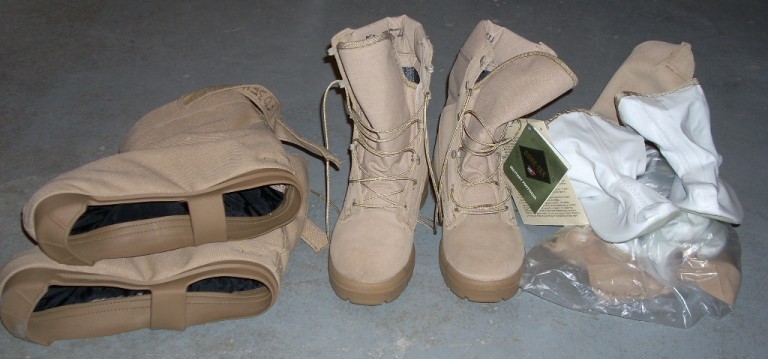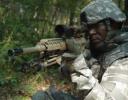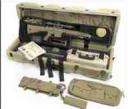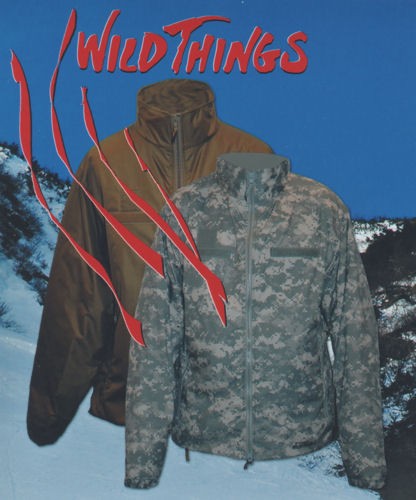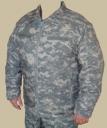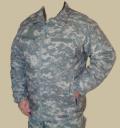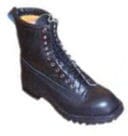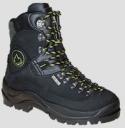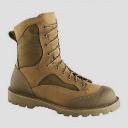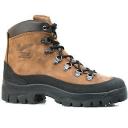The Army is taking the lead for the development of a single set of boots for most environments. In fact they have already undergone testing. The main reason for the program is cost. A single footwear system could replace separate boots for every environment from desert to arctic and enhance readiness as each Soldier would not have to be issued specialty footwear prior to deployment.
The prototype manufactured by Belleville Show Manufacturing Co. could replace four types of boots in service now. The prototype was selected after a two-year effort to work with private companies to create the Modular Boot System.
According to Fred Coppola, deputy product manager for Clothing and Individual Equipment at PEO-Soldier, the Modular Boot System could begin fielding this coming calendar year pending approval of Building 4 at Ft Benning, Ga.
The prototype consists of a fire-resistant, desert-style hot-weather boot, plus inserts and an over-boot soldiers can use in cold temperatures.
“The intent of it is to go that whole temperature range between minus 20 degrees and 130 degrees†Fahrenheit with one boot and reduce the number of boots in the service’s inventory, said Lt. Col. John Lemondes, product manager for Clothing and Individual Equipment.
If adopted, the Modular Boot System would replace these and two other special-issue boots the Army stocks for colder weather — the Intermediate Cold/Wet Boot for wear down to zero degrees and the Cold Weather Boot for wear down to minus 20 degrees.
Removable inserts for added warmth and waterproofing can only be so thick before they affect the fit of the boot and over boots can be clunky and cause the wearer to stumble.
The prototype has two waterproof inserts; one without insulation for wear in temps above the freezing mark and an insulated insert for temps down to zero degrees. There is also a waterproof Cordura over-boot that is intended to be worn to temps down to minus 20. However, it works much more like a gaiter on that unlike traditional over boots for mountaineering, covers the boot’s upper but still uses the hot weather boot’s existing sole. The over boot closes with a Velcro strip in the back.
The Army also tested a prototype with a two-piece over-boot, made by Wellco Enterprises Inc., it consisted of a fully-treaded shoe that slipped over the hot-weather boot and a snap-on portion that covered the top of the foot and shin.
Even if the Modular Boot System isn’t adopted as is, spin-offs like the the over-boot and slip resistant soles could be modified and issued to soldiers to use with the current Hot Weather and Temperate Weather boots.


